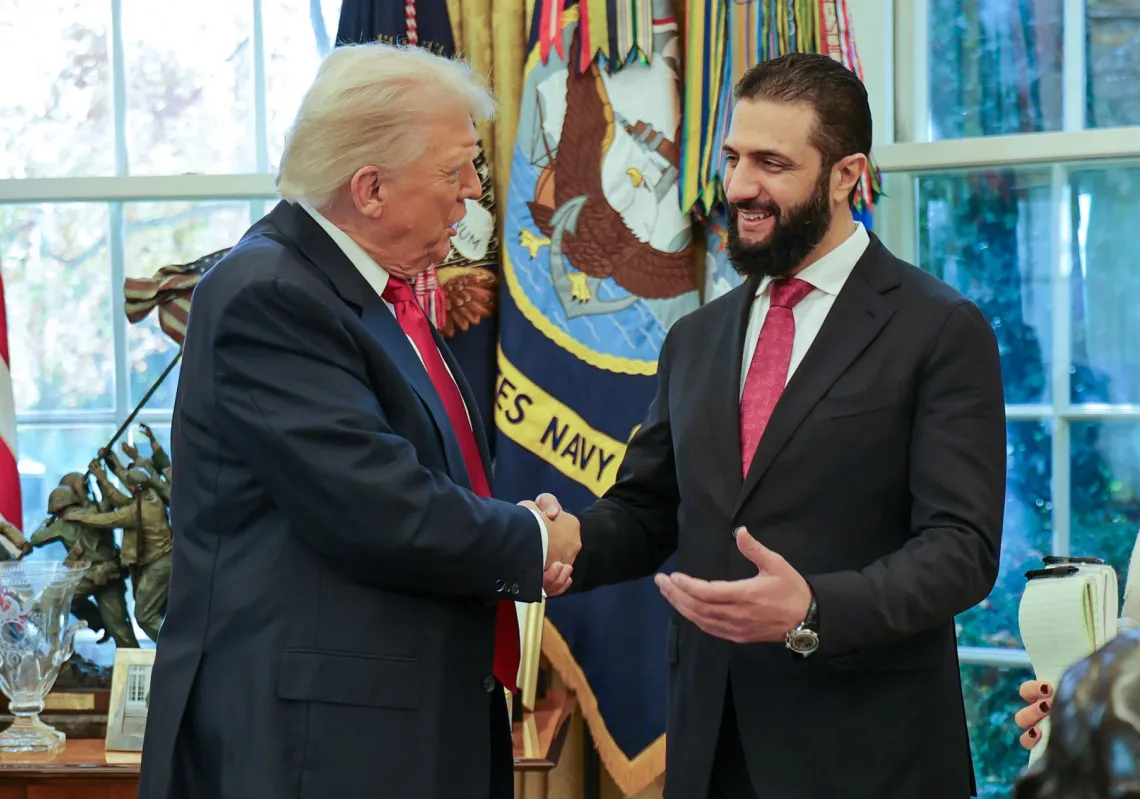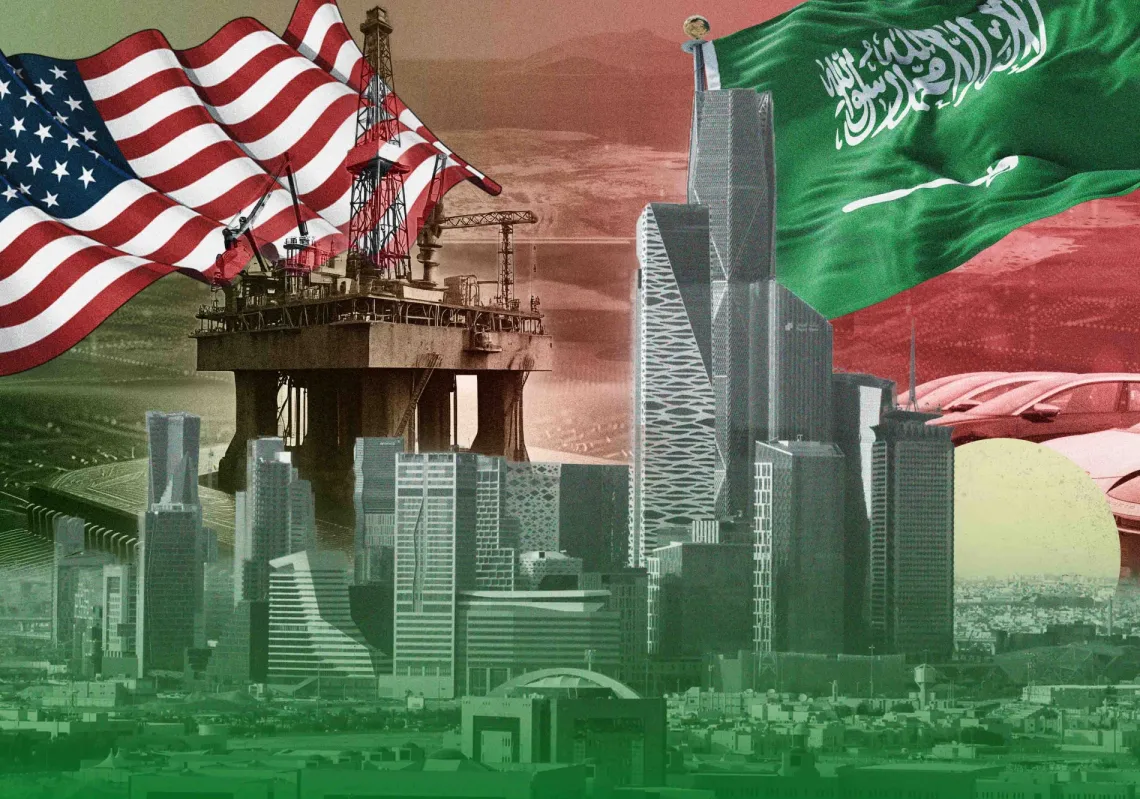• 14 May 1948: Israel launches its 'War of Independence' known as the Nakba or 'catastrophe' in the Arab world. This was considered the first Arab-Israeli war. Israel's first premier declares the establishment of the state of Israel.

• February-July 1949: Israel signs ceasefire agreements with Egypt, Lebanon, and Jordan on the island of Rhodes. A ceasefire agreement with Syria was signed in the Upper Galilee, Palestine.
• 29 October 1956: The Suez Crisis, or the Second Arab–Israeli war, also called the Tripartite Aggression in the Arab world and the Sinai War in Israel breaks out in Egypt. American and Soviet pressure leads to the withdrawal of Israeli, French and British forces from Egypt.

• 22 May 1967: Egypt closes the Strait of Tiran.
• 6 June 1967: Israel launches an attack on Egypt, Syria, and Jordan, resulting in the occupation of the Sinai Peninsula, Gaza Strip, Golan Heights, West Bank, and East Jerusalem. The Arabs call this war the Naksa or 'setback'; in Israel, it is called the Six-Day War. On 10 June 1967, a ceasefire is reached.
• 1 July 1967: The War of Attrition begins between Egypt and Israel.
• 22 November 1967: The UN Security Council issues Resolution 242, calling for Israel's withdrawal from Arab territories. The Arab response to the resolution varied between conditional acceptance and outright rejection.
• 7 August 1970: Egyptian President Gamal Abdel Nasser accepts the Rogers Plan for a ceasefire in the War of Attrition.
• 6 October 1973: The launch of the October War, with a joint Syrian-Egyptian attack on the Bar Lev Line in Sinai and the occupied Golan Heights. Israelis refer to it as the Yom Kippur War. It is considered to be the only Arab military victory against Israel.

• 22 October 1973: UN Security Council issues Resolution 338, calling for a ceasefire on the Syrian and Egyptian fronts. Egyptian President Anwar Sadat accepts it. Two days later, his Syrian counterpart, President Hafez al-Assad, accepts it with conditions.
• 28 October 1973: The Kilometre 101 talks between Egyptians and Israelis.
• 18 January 1974: The Sinai Disengagement Agreement between Egyptian and Israeli forces.
• 31 May 1974: The Separation of Forces Agreement between Israeli and Syrian forces in the Golan Heights is signed in Geneva.
• 19 November 1977: Sadat visits Israel and delivers a speech before the Knesset.
• 14 March 1978: Israel invades Lebanon for the first time triggering the UN to issue Resolution 425.
• 17 September 1978: The Camp David Accords between Egypt and Israel are signed.

• 6 June 1982: Israel invades Lebanon again.
• 17 May 1983: Beirut and Tel Aviv sign a peace agreement, but it is cancelled by the Lebanese government less than a year later.
• 8 December 1987: The outbreak of the First Palestinian Intifada.
• 2 August 1990: Saddam Hussein invades Kuwait and offers withdrawal in exchange for Israeli withdrawal from occupied territories.
• 1991:The commencement of secret Israeli-Palestinian negotiations in Oslo, Norway.
• 30 October 1991: The Madrid Conference convenes to discuss a framework for peace between Israel and Arabs and Palestinians.
• 13 September 1993: The signing of the Declaration of Principles, known as the Oslo Accord, in Washington, D.C.

• 15 September 1993: Israeli Prime Minister Yitzhak Rabin and Foreign Minister Shimon Peres visit Morocco after signing the Oslo Accord. King Hassan II had previously invited Peres to visit Rabat in 1986, but he withdrew the invitation after a public outcry.
• 1994: The establishment of the Palestinian Authority and the return of hundreds of Palestine Liberation Organisation (PLO) members to the West Bank and Gaza.
• 26 October 1994: The signing of the Israeli-Jordanian Peace Treaty, known as the Wadi Araba Agreement.
• 27 December 1994: Israeli Prime Minister Yitzhak Rabin visits Oman. Much later, in 2018, Prime Minister Benjamin Netanyahu visited Muscat to offer condolences upon the death of Sultan Qaboos bin Said. However, there are still no formal ties between the two countries.
• 4 November 1995: The assassination of Israeli Prime Minister Yitzhak Rabin leads to growing pessimism over a resolution to the Israeli-Palestinian crisis.
• 28 November 1995: Tunisian Foreign Minister Habib Ben Yahia meets his Israeli counterpart Ehud Barak on the sidelines of the Barcelona Process/ the Euro-Mediterranean Partnership Conference. They meet again in January 1996 in Washington.
• 1996: The opening of the first Israeli commercial representation office in the Gulf states, in Doha, Qatar. It operated until 2009.
• 28 October 1999: The establishment of diplomatic relations between Israel and Mauritania.
• 28 September 2000: The Second Palestinian Intifada erupts after Arial Sharon makes a provocative visit to the Al Aqsa Mosque Compound in Jerusalem.

Read more: 28 September: A day that rocked the Arab world three different times
• 27 March 2002: The Arab Summit in Beirut proposes a peace initiative to exchange land for peace.
• 13 August 2020: The White House witnesses the signing of the Abraham Accords, including establishing diplomatic relations between the United Arab Emirates and Bahrain on one side and Israel on the other.

• 23 October 2020: The signing of the Sudanese-Israeli normalisation agreement.
• 10 December 2020: The establishment of diplomatic relations between Morocco and Israel.
• 2023: Negotiations begin between the United States and Saudi Arabia on various strategic issues, including the normalisation of Riyadh's relations with Israel in exchange for tangible progress towards a Palestinian settlement.















